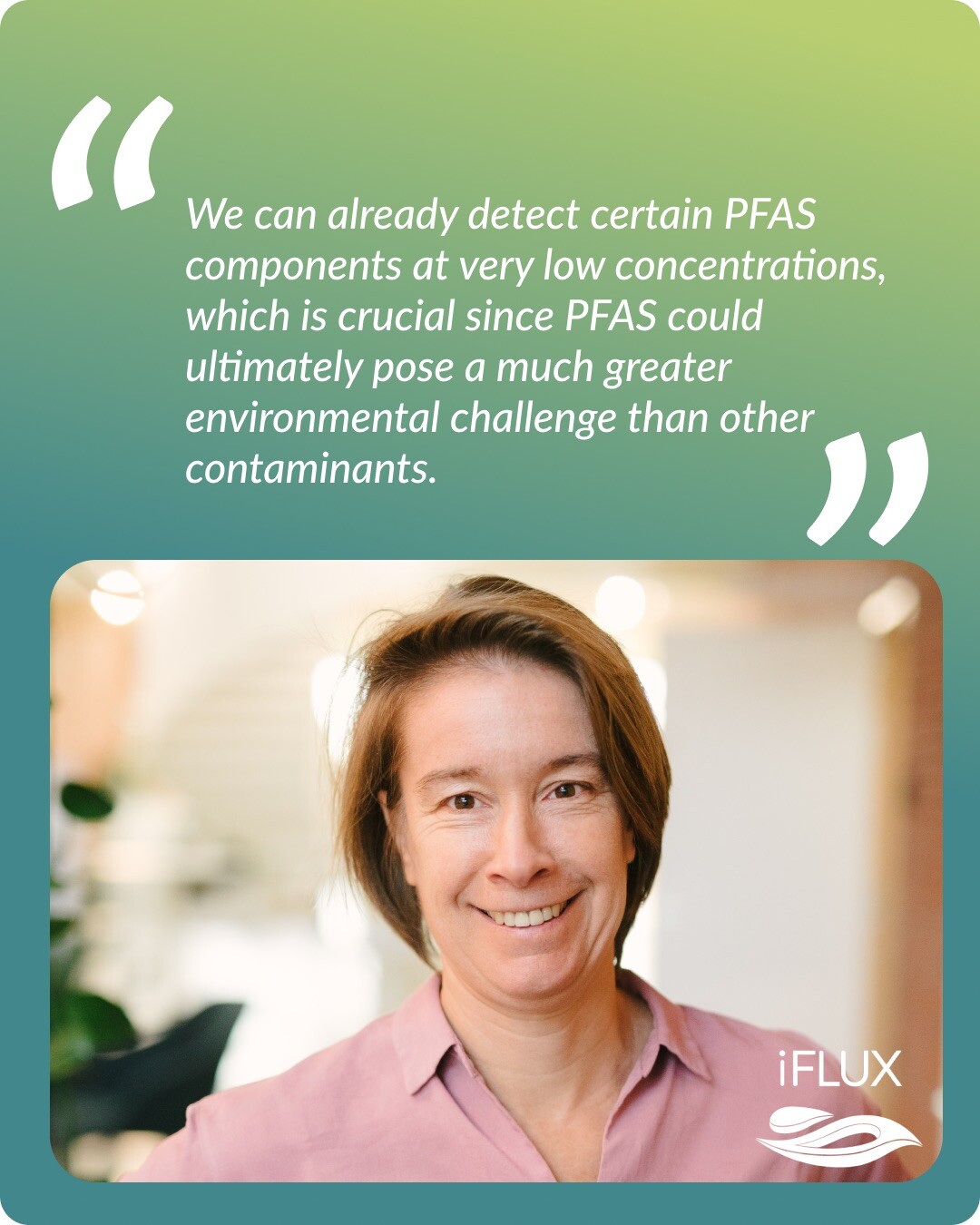The Mass Flux concept in practice: discover our latest case studies
Posted on Thursday 19 September 2019 It has been almost 20 years since Einarson and Mackay published an article about pollutant mass flux...
1 min read
 Goedele Verreydt
:
Apr 30, 2024 12:37:11 PM
Goedele Verreydt
:
Apr 30, 2024 12:37:11 PM

Posted on Tuesday 17 March 2020
Watch the video below to see how iFLUX makes a difference in monitoring soil contamination and groundwater.
In Flanders the groundwater is historically low and in certain, often industrial areas, the groundwater is contaminated. In her PhD study, Goedele Verreydt investigated the risks associated with such groundwater contamination. This resulted in the iFLUX technology. Today, this technology is widely implemented to verify groundwater models and to optimize soil remediation projects.
“Our measurements are proven to be accurate, the setup and installation are easy. By choosing iFLUX you embrace a scalable solution which provides accurate data where guesswork would simply be insufficient.”
According to the iFLUX customers, the biggest added value lies in the accuracy of the findings. The difference between actually measured versus estimated data can be surprising. This extra certainty about the speed and direction of contamination underground helps in optimizing groundwater models and remediation projects.
In just 4 steps, you can deploy direct Mass Flux measurements.
First, a monitoring plan is created in close collaboration with the customer.
Second, the number of samplers is defined and shipped to the contaminated site where they can be installed. iFLUX wants to enable its customers in deploying the passive samplers themselves. That’s why the modular system was developed to be easily installed by its users. Nevertheless, it’s also possible to let the iFLUX team do the installation for you. This installation takes no longer than a day and can be done by using the existing monitoring well infrastructure. The sizes of the solution can be adapted to the most commonly used monitoring well sizes, ranging from 39 mm tot 120 mm inner diameter.
Third, the samplers do their work over a period of time. Once ready, you ship them back to the lab.
Where finally, the samplers are analyzed and the results are presented in an online report.

Posted on Thursday 19 September 2019 It has been almost 20 years since Einarson and Mackay published an article about pollutant mass flux...

PFAS has emerged as one of the most challenging environmental contaminants of our time, with its complexity only expected to grow in the coming...

Posted on Friday 14 May 2021 How industries influence groundwater Industries use water in a lot of their production processes....